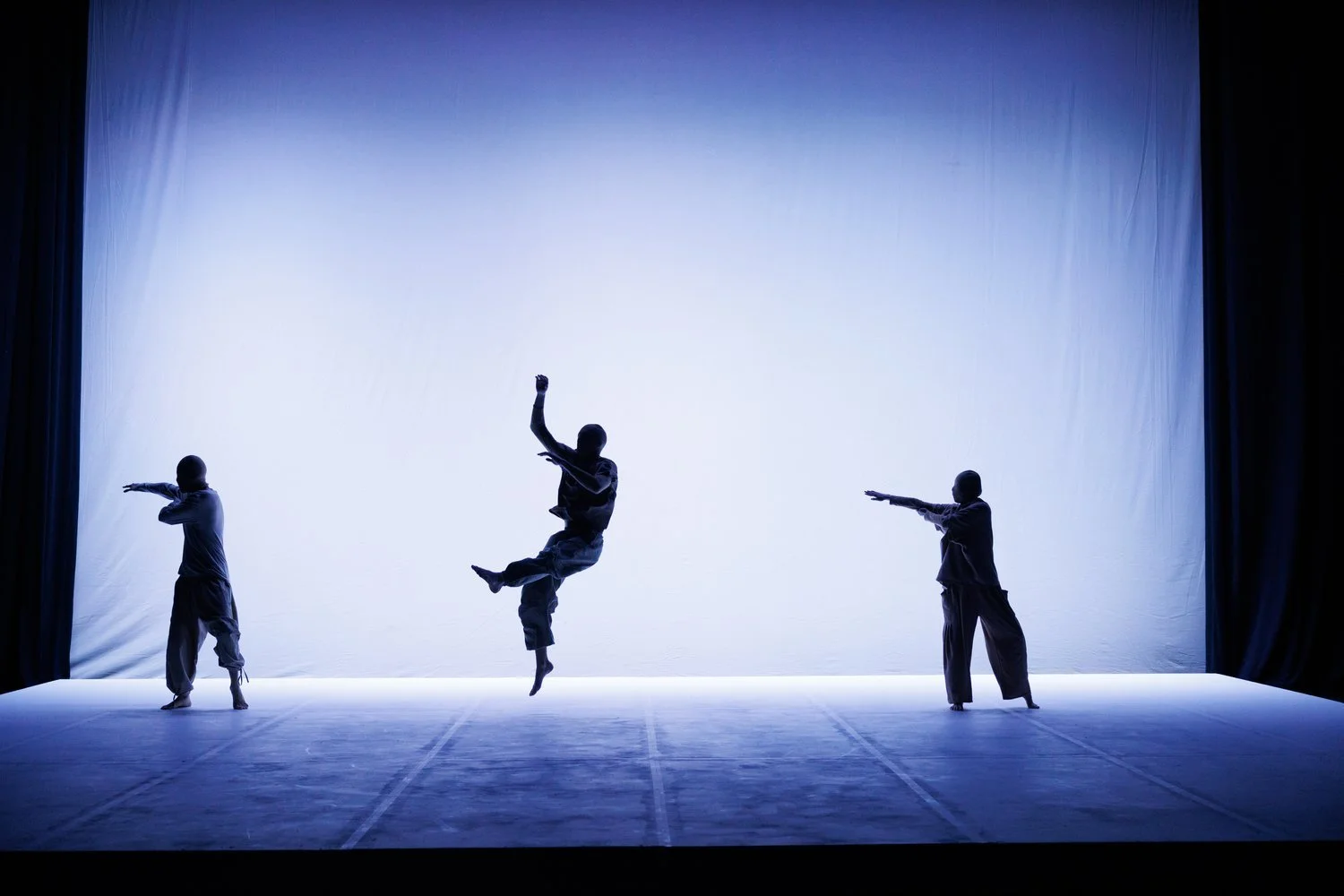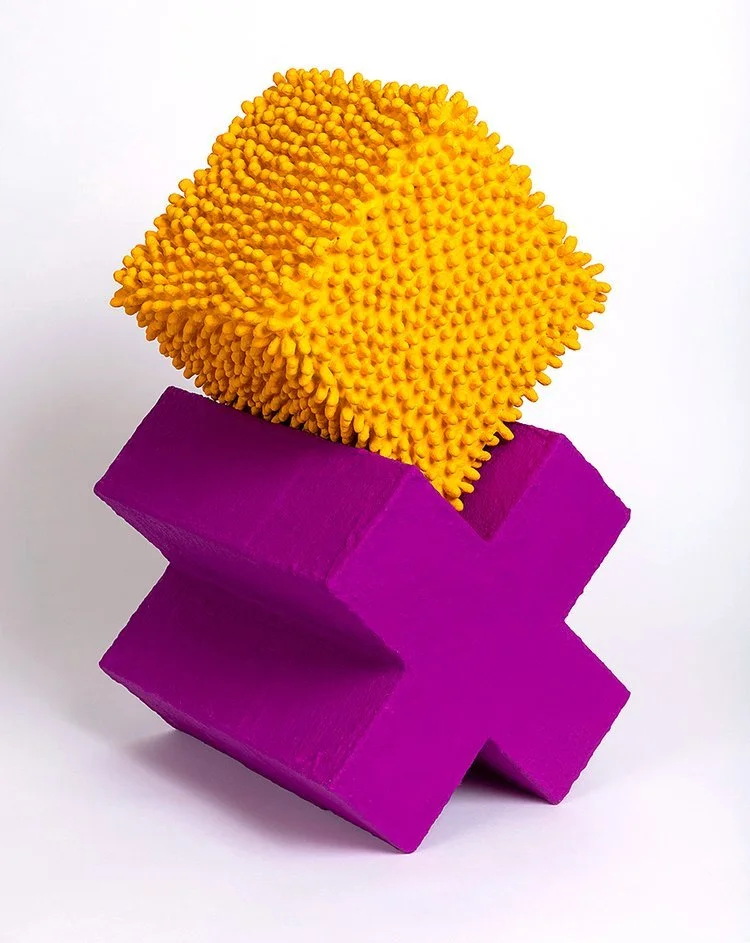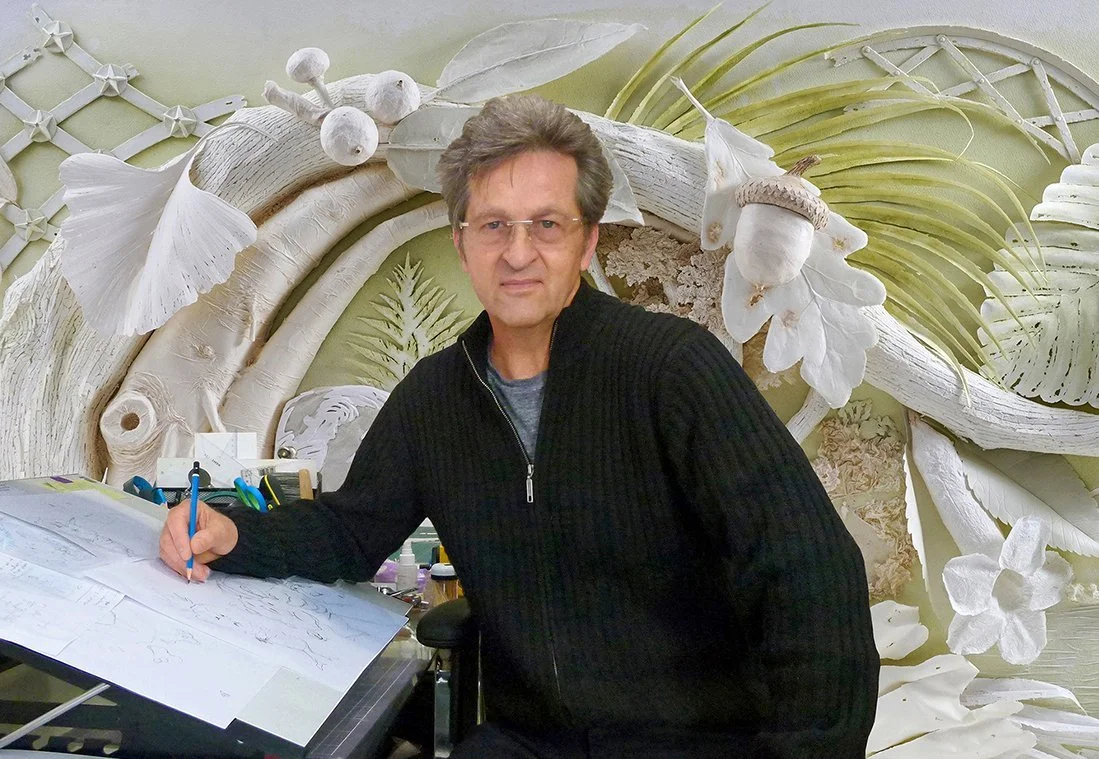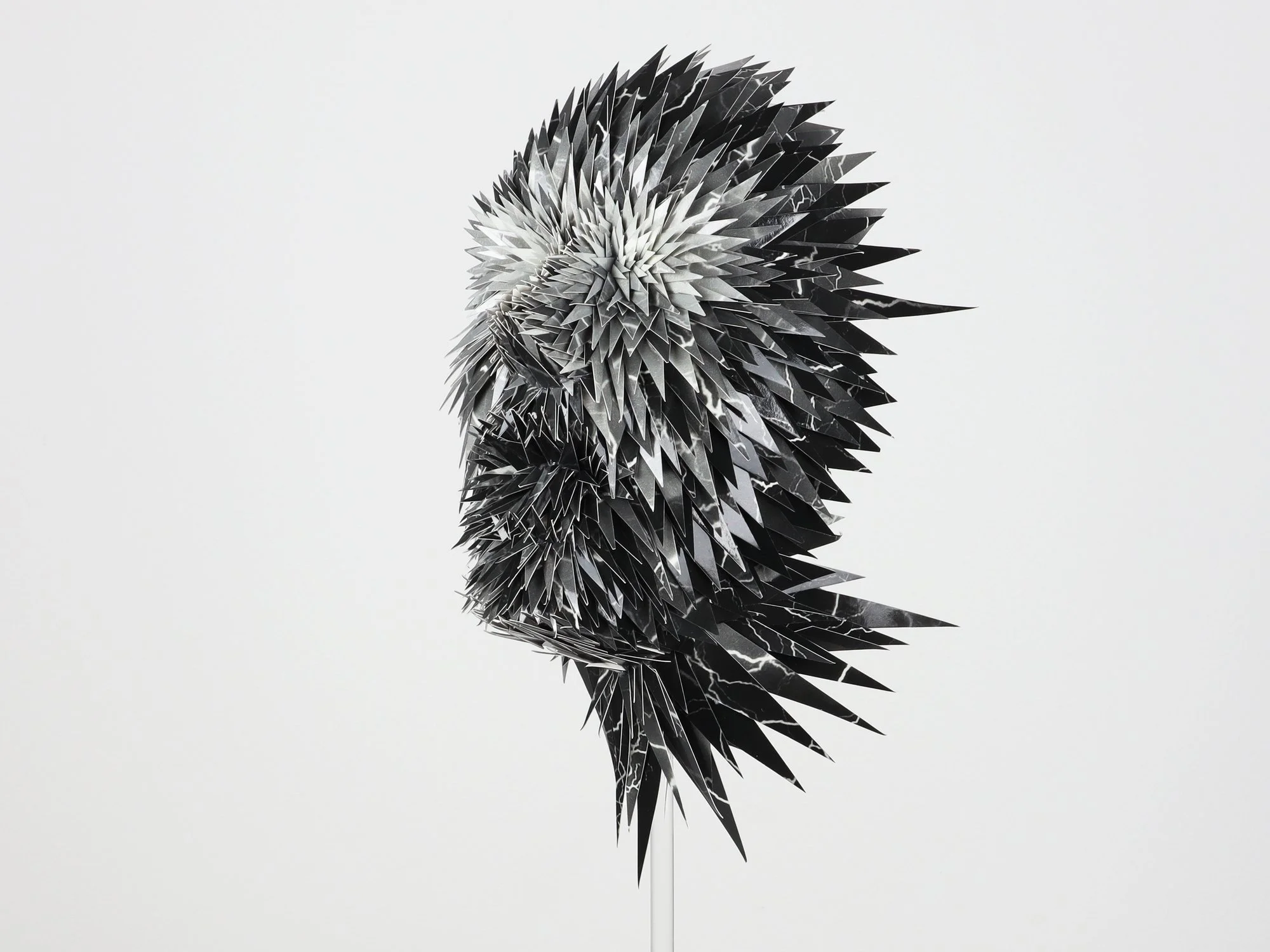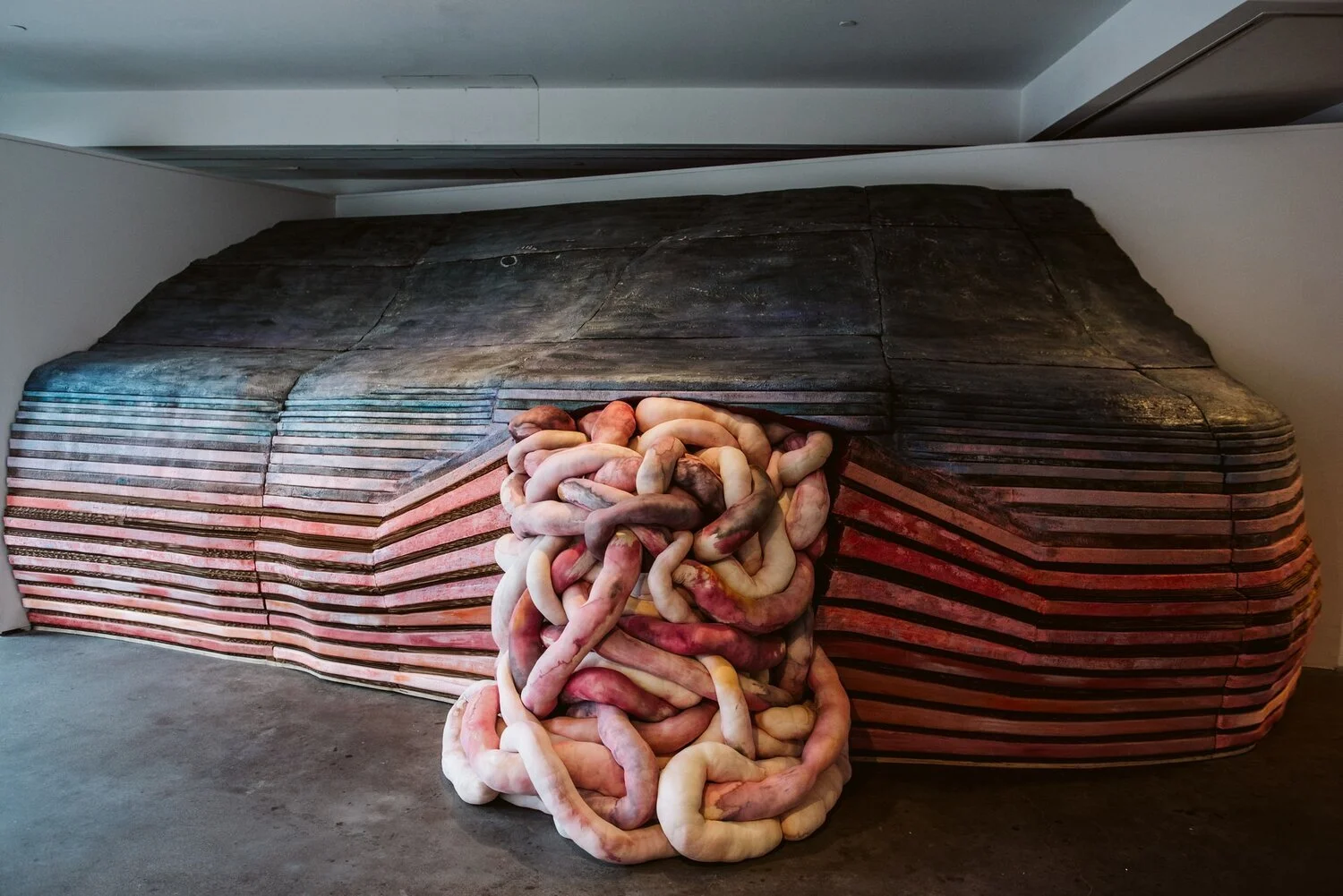Kexin Liu is a Chinese multi-disciplinary artist and design researcher based in the UK. Kexin has a fascination with everything queer & peculiar. As a generalist, she particularly enjoys developing simple, yet unexpected art narratives/design solutions based on extensive research and collaboration with people from various disciplines. Her latest projects are 2065 and Lost in Translation.
INTERVIEW | David Moješčík
David Moješčík, aka MojDa, belongs to the middle generation of Czech sculptors. In his work, he deals with figurative sculpture. He uses all the advantages of sculpture in terms of material, allowing him to vary his sculptures in many positions, poses, and postures. He uses his own approach and handwriting in these subjects, but he often likes to work with hidden symbols or a greater or lesser degree of irony and exaggeration.
INTERVIEW | Ashling (Yaxin) Tu
Ashling (Yaxin) Tu is a Chinese Illustrator, Designer, and sculptor, living in the USA. Ashling primarily works on a digital pad for 2d arts. Her 3d sculptures are, in contrast, mainly built from natural materials and existing objects she picks up on the street. The young artist believes both reality and the digital world are as important in the current human society.
INTERVIEW | Huidi Xiang
Huidi Xiang is an artist and researcher who is currently based in Brooklyn, NY, USA. In her art practice, Huidi Xiang makes sculptural objects, installations, and systems to probe the spatial and temporal effects of inhabiting both virtual and physical worlds in late capitalism. Huidi's current research focuses on the complex interplay between play and labor in our contemporary life, where the boundaries between these two are increasingly blurred.
INTERVIEW | Kim Matthews
Kim Matthews makes nonobjective sculptures and drawings in various media. The frequent use of modular construction arose from practical concerns and spiritual ones, as repetition is evocative of the mantra meditation that structures her daily life. The ongoing Objects of Affection series was prompted by an urge to reclaim comforting childhood memories and honor the artists and designers whose work informed her early visual lexicon.
INTERVIEW | Ray Besserdin
Ray Besserdin has established a 32-year career that is recognised internationally with over 35 awards to date. He sculptures artworks dimensionally much like bas-reliefs working with “a palette of sheet-formed papers” that offer a wide spectrum of colours, textures, solidity, and delicate translucency. The stocks are mostly mould-made or handmade cotton, mulberry (Kozo), hemp and flax stocks from Europe and Asia.
INTERVIEW | Suly Bornstein-Wolff
Suly Bornstein-Wolff creates objects, installations as well as paintings. Usually creating large-scale paintings, her subject varies from landscape to architecture, from figurative to abstract. Esthetics is a major focus in both her paintings and objects. By using readymade material, she emphasizes the quality and the beauty of the object, as if it was a jewel.
INTERVIEW | Aomi Kikuchi
Aomi Kikuchi’s work is based on Japanese aesthetic principles and the teachings of the Buddha, such as “Wabi-sabi” and “Mono-no-aware”. It addresses infinity as the succession of fleeting and brittle activities. With freedom and flexibility, she combines acquired knowledge and experiment and creates art to inspire dialogue and reflection on these concepts through materials and aesthetic philosophies.
Dr Gindi, Kant and the Encounter with the Sublime
A passionate thinker, notwithstanding being a grounded sculptor, Dr Gindi reflects a lot on the connection between philosophy and the arts. Apart from their stunning appeal, Dr Gindi’s sculptures ask the viewer to mirror the grammar of consciousness, investigate a core sense of sublimity outside of decay, and contemplate about infinite presence.
INTERVIEW | Ester Crocetta
Ester Crocetta is an Italian visual artist. Her latest project, CHICCHIRIA Poultry, is a summary of years of deep interior reflection. The concept of the CHICCHIRIA Poultry is the theme of “ANIMAL FOOD”. Our liberated, consumerist society is still struggling to evolve towards this new theme. History has caused us to reflect on the balance and harmony within nature, teaching new limits regarding the excessive consumption of meat.
INTERVIEW | Gøneja ✷
Gøneja ✷ is a photographer and totemic sculptor based in Berlin. His practice represents an artistic quest to establish a connection with the spiritual world and explore it within the boundaries of the contemporary urban context. He combines classical photography and totemic sculpture to unfold a new mythological narrative. Spirituality is a means to discern contemporary mythological possibilities and unravel them in his work as active magical forces.
INTERVIEW | Beatrice Spadea
Beatrice Spadea is a visual artist based in Italy. With her sensibility, the artist plays with the power of images to evoke surreal scenarios. Beatrice's work breaks through space and reveals an imaginative world that brings us beyond the heaviness of reality. Reconnecting with previously explored themes, at the beginning of 2022 Beatrice has created her first NFT collection of "Masks."
INTERVIEW | Thomas Behling
Thomas Behling is a German artist, born in Hanover in 1979. Modeled on found historical (authentic) objects, the objects by Thomas Behling pave the way for insight into the deception and transfiguration of appearances. In them, the viewer is confronted with the socio-historical memory and through specific filters and amplifiers with their private and subjective memory.
INTERVIEW | Ophira Spitz
Ophira Spitz is a multimedia artist based in Tel Aviv. With a past experience as a Geography teacher, she began making art in her 30s and has continued ever since. Her art includes painting, drawing, sculpture, and installation and is influenced by various aspects such as nature, the environment, and topography. Her work has a strong bond with cartography and geography, and she aims to merge and combine various worlds.
INTERVIEW | Rebecca Weisman
Rebecca Weisman is a conceptually driven maker and thinker who makes deconstructed films of sculptures that are then re-embedded into the sculptures creating dreamy installations with layers upon layers of visual narrative and meaning. Her project Skin Ego centers on an immense, eight by twenty foot sculptural reconstruction of a section of a Finback whale, modeled after a photograph found on the internet of a real-life stranded whale.
INTERVIEW | Patrícia Pinheiro de Sousa
Patrícia Pinheiro de Sousa is a visual artist and filmmaker based in Rotterdam, the Netherlands. She works with multiple mediums and disciplines, such as video, text-based works, performance, sound, and self-published books. She is interested in fragmented landscapes and how incomplete narratives affect collective memory, while her latest projects reflect an interest in future landscapes.
INTERVIEW | Marina Wittemann
Marina Wittemann is a Russian artist, currently based in Germany. Her art is inspired by the ability to perceive the world through complex experiences of color, space, and time. This volumetric pictorial color field is an opportunity to perceive events, feelings, and emotions through synesthesia. She works with paintings as well as sculptures and is influence by various different cultures and techniques.
INTERVIEW with Natalie Lambert
Natalie Lambert (b. 1995) is an interdisciplinary artist as well as the Curator and Founder of Toula Gallery. Natalie approaches her work from feminist theory. Her work is exploratory to herself and the environment she is in or has experienced. Through language and eroticism, Lambert provokes thoughts of objectification and challenges the stereotypes about gender politics, sex, and the body.
INTERVIEW | Manuel Seita
Manuel Seita is a Portuguese artist, based in Vila Verde de Ficalho (Portugal). His body of work is multidisciplinary and includes drawing, painting, sculpture, ceramics, video art and installation. He often works on an idea, with a certain material and during the process he is taken to other fields. His works are a reflection on the nature of the materials and how they can be worked.
INTERVIEW | Carolina Serrano
Carolina Serrano is a Portuguese artist whose artistic practice develops in the field of sculpture. Serrano’s theoretical research revolves around the sphere of the temporality of Sculpture. The artist is particularly interested in working on the disturbing and mysterious cleavage between what is real and what is illusory, between what is visible and what is invisible, between what is palpable and what is immaterial.





